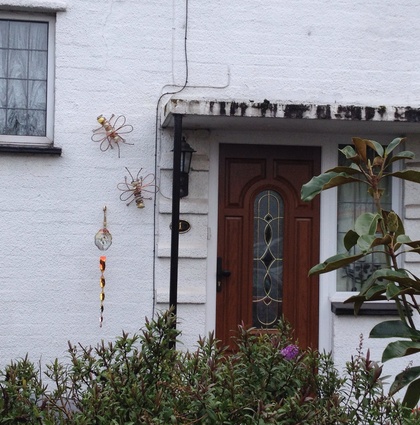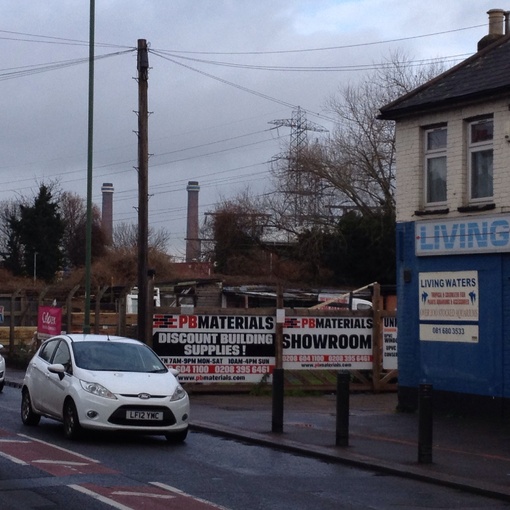

Social Life was commissioned by Sutton Council in 2014 to design and test a new approach to measuring social sustainability in Sutton’s neighbourhoods. The brief was to put together a toolkit that any council department or local group could use to investigate and measure quality of life in local neighbourhoods: DIY social sustainability.
We worked with the research team, the chief executives department and the Beddington Progamme to develop and test the toolkit. Sutton wanted to focus on social sustainability in their local area programmes, and in their approach to commissioning for social impact. At Social Life, we wanted to see how our social sustainability framework could apply to existing neighbourhoods, as well as new housing developments, and to find a way to assemble a complex array of data and analyse it simply, to create a do-it-yourself approach to social sustainability assessment.
We used the framework set out in our Design for Social Sustainability report – and adapted it for Sutton. Instead of “space to grow” – how new places can be flexible and future proofed, the Sutton framework has an “adaptability and resilience” dimension. The framework incorporates more data about how different groups get on, and assesses a range of local services from schools to parks.
We tested the toolkit in Beddington, a corner of the borough that is characterised by industrial estates and sewage works, as well as including a conservation area and a more affluent suburban fringe. We found that residents sense of influence, wellbeing, belonging and neighbourliness were stronger than we expected. The neighbourhoods adaptability and resilence, and some services were weaker, although this varied between different parts of the diverse ward.
We had to strike a balance between our wish to develop a way of capturing the complexity of social sustainability in diverse urban and suburban areas; and the need to be easily replicable at relatively low cost.
The toolkit that we have created can be used to baseline a community in terms of its existing social sustainability, can be the starting point the basis for a discussion about assets and needs at the very local level, and feed into decisions about how scarce public money is spent.
Applying our social sustainability framework to existing neighbourhoods to create a do-it-yourself approach to social sustainability assessment.

